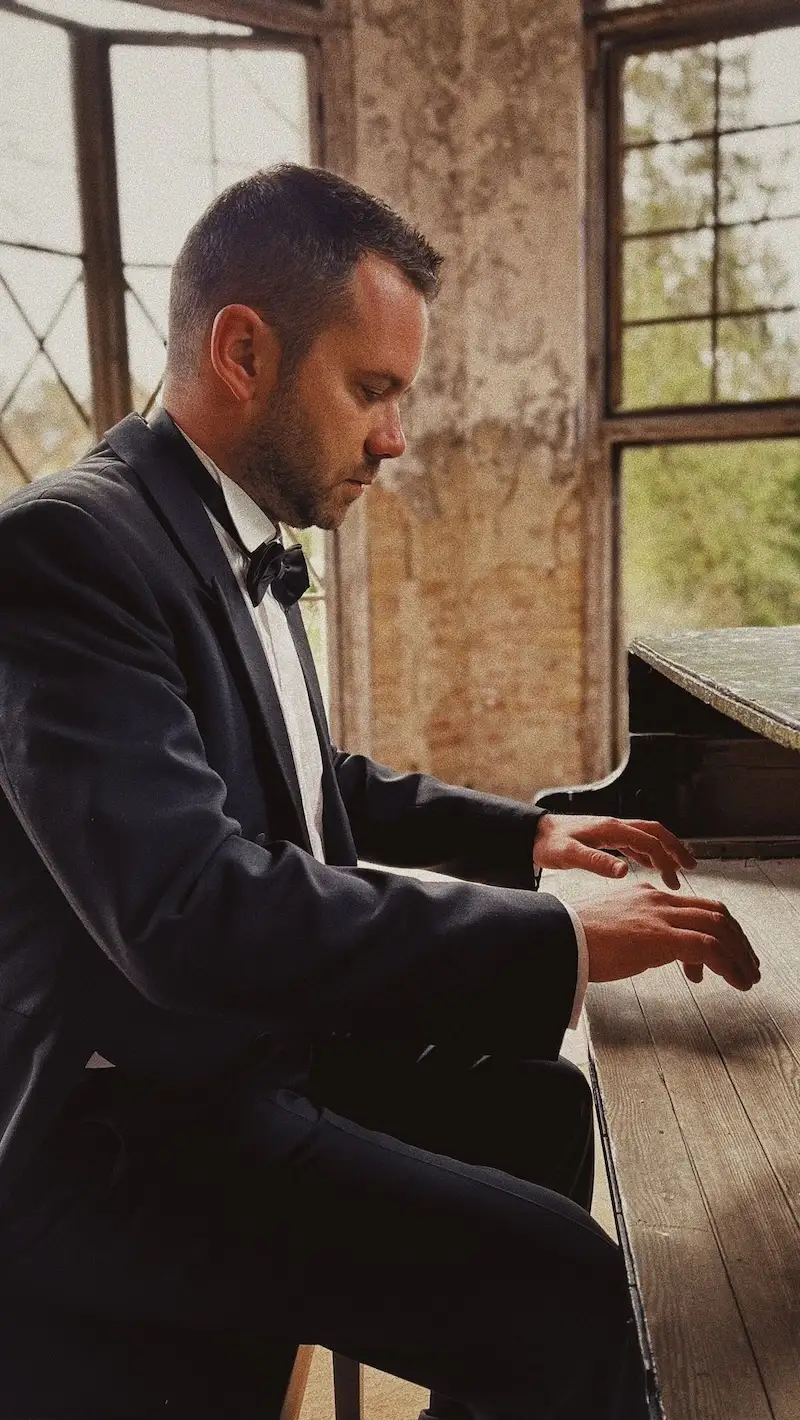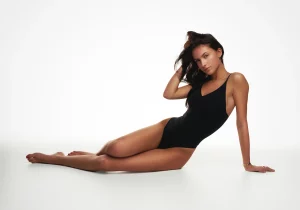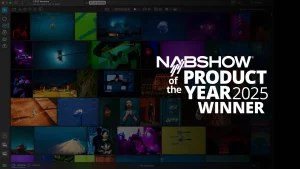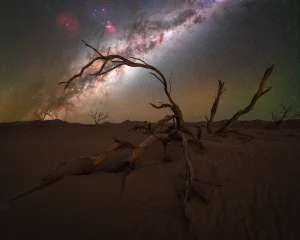Between the silent keys of forgotten pianos and the echo of abandoned places, Romain Thiery captures the poignant essence of neglected pianos set in desolate spaces steeped in history. His work is a journey through time and emotion, where each image tells a unique story of beauty, decay and nostalgia. Through our discussion, Romain will reveal the inner workings of his creative process, his inspirations, and how his passion for the piano and photography have harmoniously intertwined to give life to “Requiem pour pianos”.
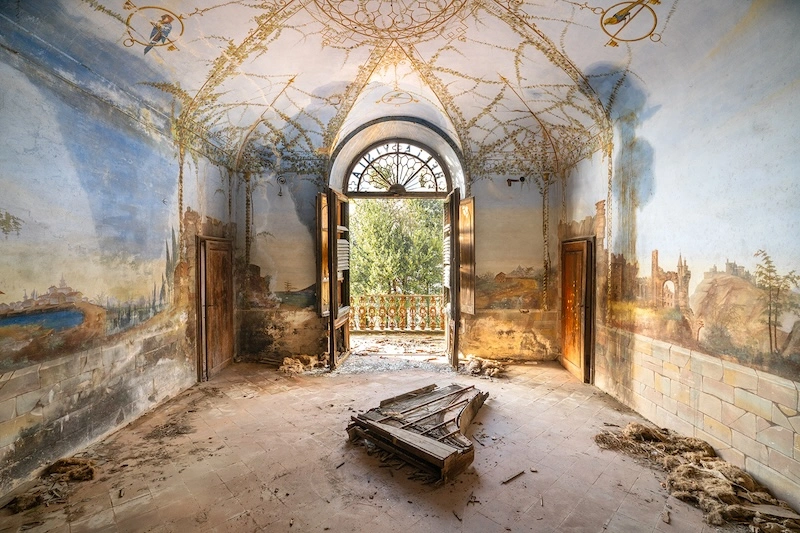
How did you discover your first piano, and why photograph it?
I started playing the piano at a very young age. It holds a significant place in my life, and I try to play every day on my piano at home, but I’m just an amateur. Additionally, since my childhood, I’ve always accompanied my mother on her photographic journeys.
At that time, I followed my mother in her photographic work, which introduced me to the photography of abandoned and ruined places.
In 2008, it was love at first sight. In a small French town, I discovered a 19th-century mansion. Everything was destroyed, empty, the place had been looted. On the first floor, I found a piano, in the middle of a ruined room. The fireplace was broken. The valuables and treasures had already disappeared. Only this piano remained. I thought there must be others.
It’s since this discovery that I had the idea to combine my two passions into a single project ‘Requiem for Pianos’ and decided to search for these silent pianos. Since 2014, I have discovered more than a hundred pianos around the world.
“This piano was the soul of the place, even in the midst of a ruined space, it continued to maintain its power. It was there, reigning in all its grandeur.”
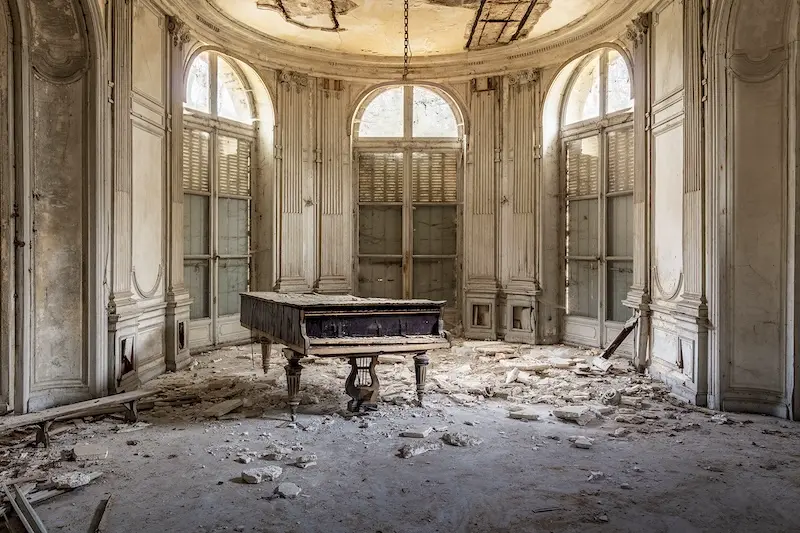
How do you find these abandoned places with pianos?
It’s not easy. It involves specific research that leads me to create a solid network of trustworthy people. It’s hard to explain the process as it differs from country to country. Sometimes I find press articles, get in touch with people working in heritage or music, or photographers around the world.
I often search on satellite image software which allows me to identify ruined buildings. I focus my search on prestigious buildings like castles, mansions, palaces, etc., to increase my chances of finding a piano. In recent years, with my growing fame, it’s become easier to find instruments to photograph.
Sometimes, people contact me directly because they are aware of a location, having seen my photographs in exhibitions or the press.

What does the piano represent to you?
I think the piano is an instrument loved by everyone. Even if some don’t know how to play, we always try a piano when we enter a room with one. It must be said that musical instruments are always beautiful and almost deified for us. So, even if time damages them, we are attached to them. We respect them.
But the piano is more than that. It’s a comforting instrument with its natural elegance. Even covered in thick dust, it continues to impose its nobility and respect. This grandeur is rooted deep in our culture.
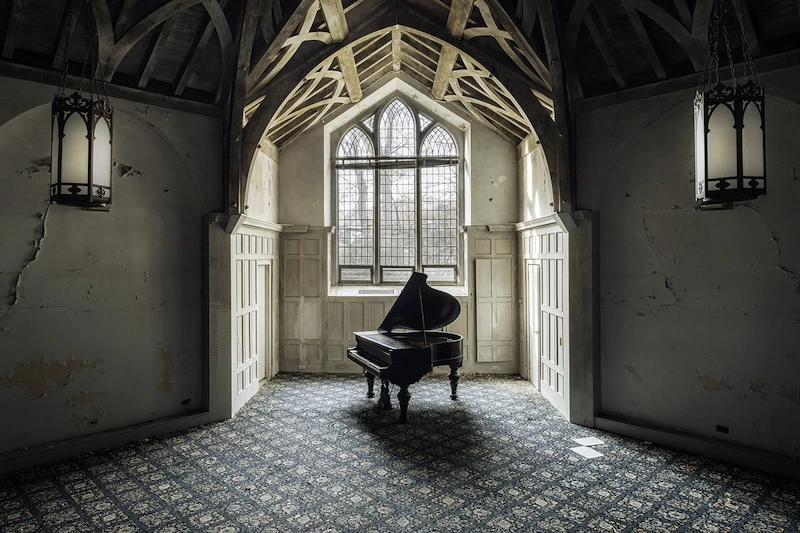
Has your photographic work impacted your sensitivity as a pianist?
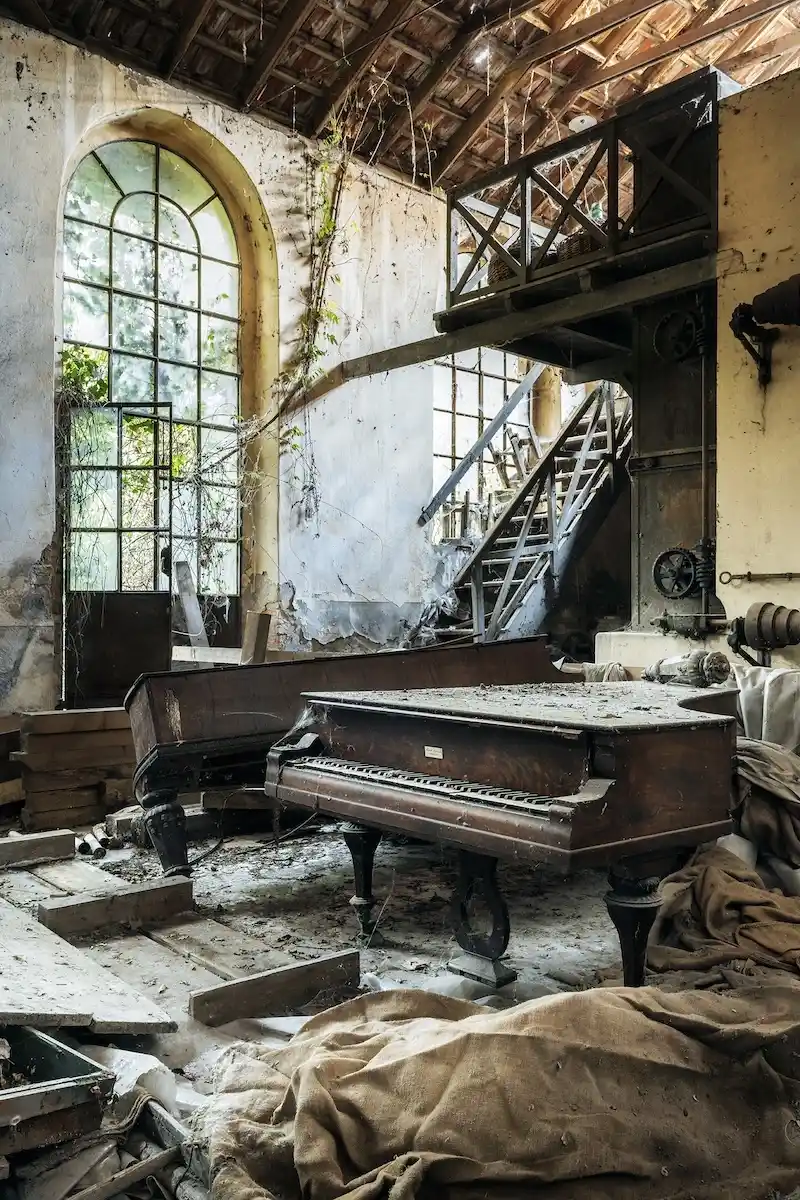
Have you noticed any peculiarities in the abandoned places according to the regions?
Each country, each region has its own architectural characteristics. It’s evident that I find specific piano brands in each country. For instance, Gaveau, Erard, Pleyel for France, Steinway, Bechstein for Germany, and Bosendorfer for Austria. In the United States, everything was of course different from Europe, both in architectural terms and piano brands. I was amazed at how quickly buildings disappear due to their mostly wooden structure.
Do you like Romain's interview?
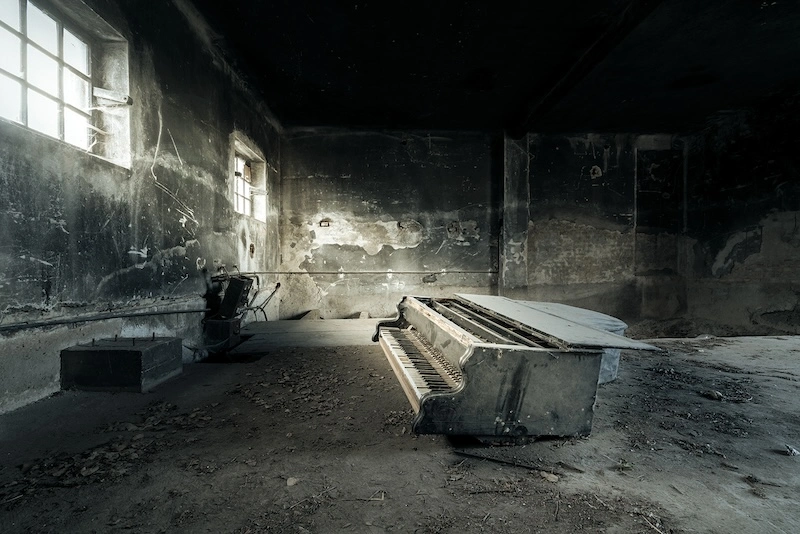
Isn't it dangerous to photograph these abandoned?
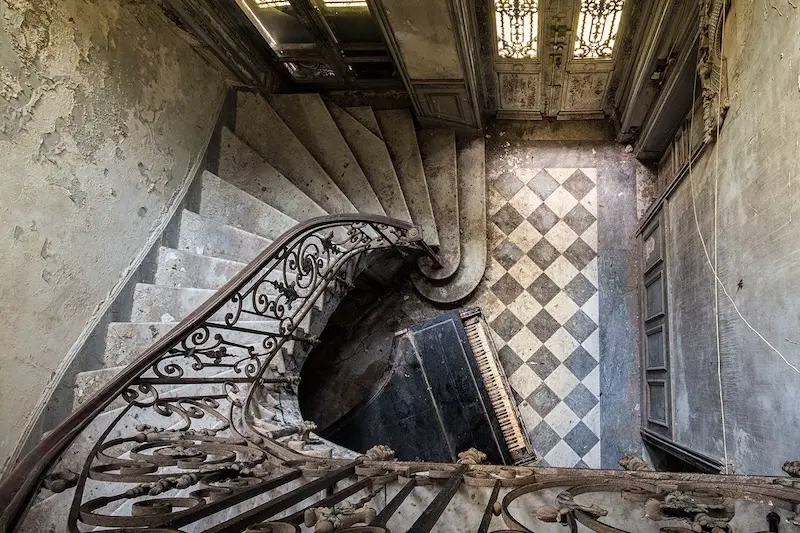
How did you discover photography?
Being the child of an amateur photographer mother, I grew up in this universe which quickly fascinated me. Specializing in heritage photography, she often took me with her and passed on her knowledge.
Photography became more personal and professional when I decided to go abroad. India was a revelation; I wanted to capture its unique atmosphere, its hustle and bustle, and its omnipresent colors.
When I returned, my mother had started a particular project on the abandoned heritage of Dordogne, my native region. It was natural for me to accompany her, and the ‘Requiem for Pianos’ project took shape.
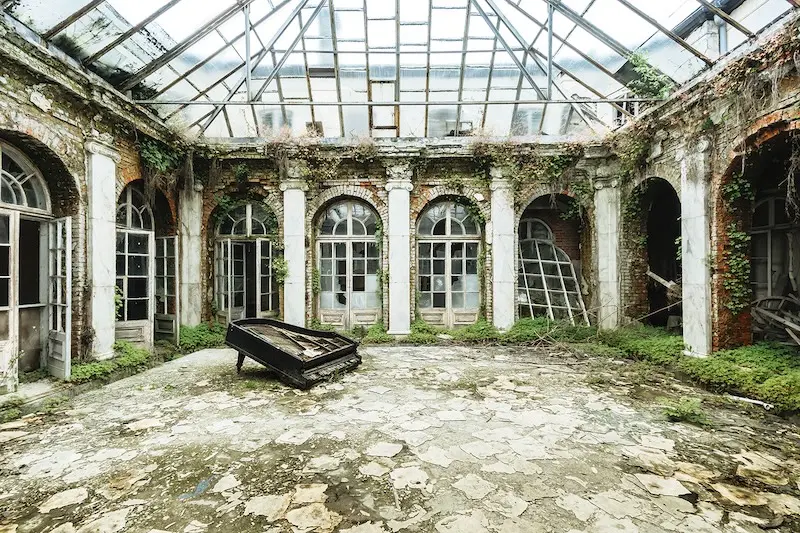
What type of equipment do you use most often for your shots?
Does this interview inspire you?
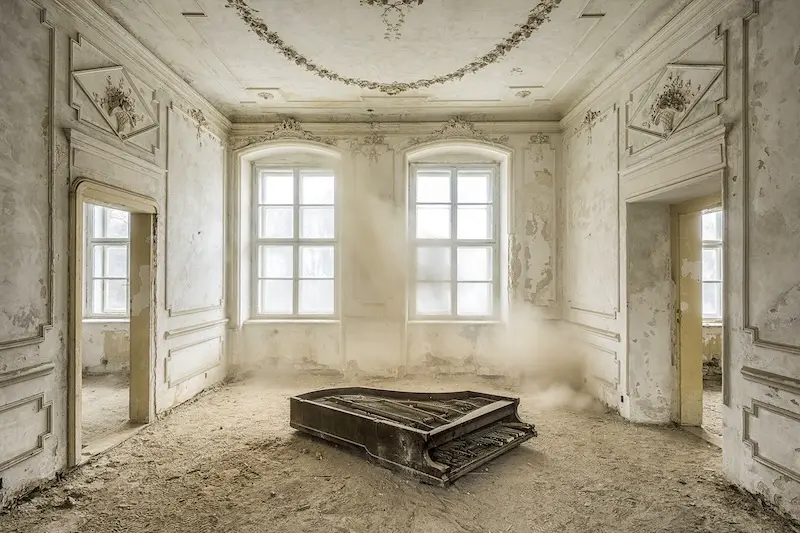
How did you make your photographic work known?
At the beginning, my ‘Requiem for Pianos’ project was entirely personal. However, the press and galleries quickly became interested in my work, as I was the only one focusing on this specific subject.
Things accelerated in 2017 for me. I had the opportunity to visit a palace in Poland where an old piano had been forgotten. This photograph, ‘Requiem for Pianos 33’, was quickly noticed by galleries, journalists, etc. It boosted my fame and made my work on pianos known internationally. Since then, I have won major international photography awards in various contests.
My series has been presented in America, Europe, and Asia. They have been exhibited in art galleries in San Francisco, Paris, St. Petersburg, Tokyo, Hamburg, Seoul, Lausanne, Tel Aviv, and many more. The most prestigious press titles have already praised or covered my work in their pages such as El Pais, Der Spiegel, The Guardian, Lonely Planet, Cultura Inquieta, Point de Vue, Esquire, Beijing news, and in TV reports on M6 (France), DW (Germany), Channel Cuatro (Spain), TV5 Monde (France), and I24 News (France and Israel).
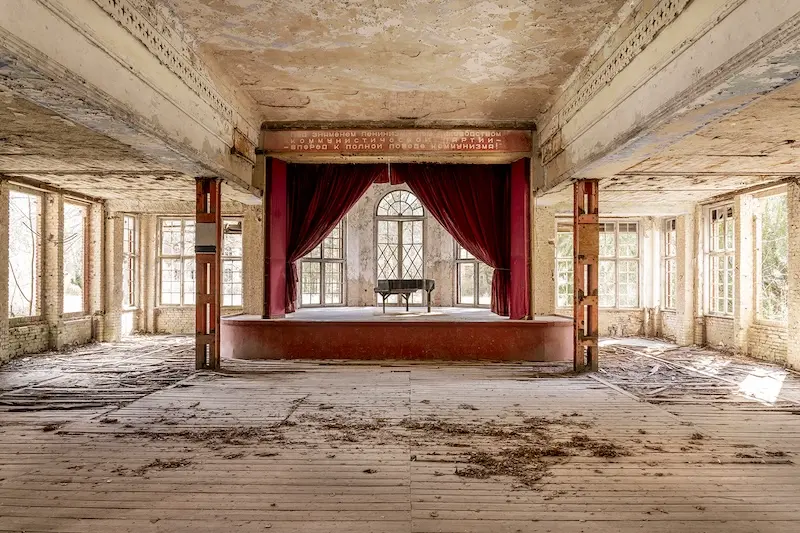
Your work inspired a short film. Did this give you the desire to use video?
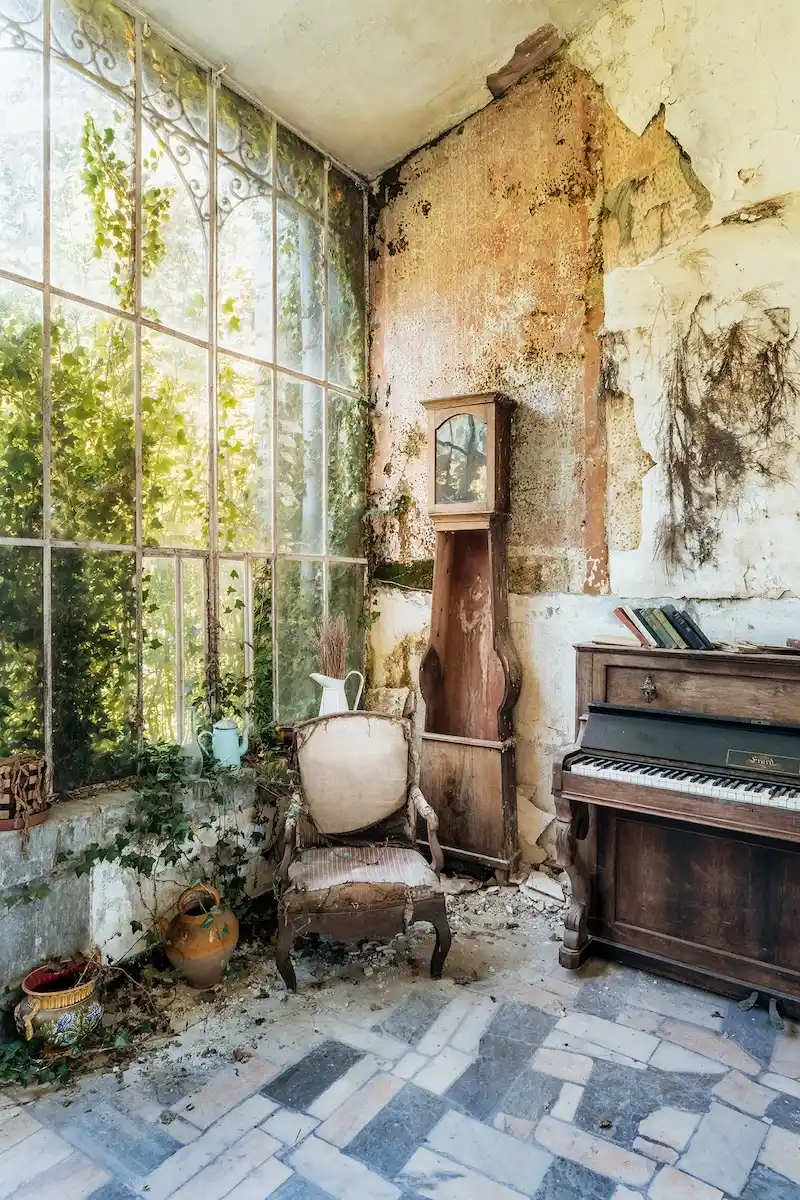
What advice would you give to someone looking to undertake a unique or unusual photographic project?
I would advise always reflecting on the meaning of their projects before thinking about the equipment that will be used and the final result. A photographic project takes time, is built, and improves over the years. Do not hesitate to show your work during portfolio readings.
“Do not hesitate to show your work during portfolio readings for example, spend time in exhibition spaces, consume art, and always remain curious.”
